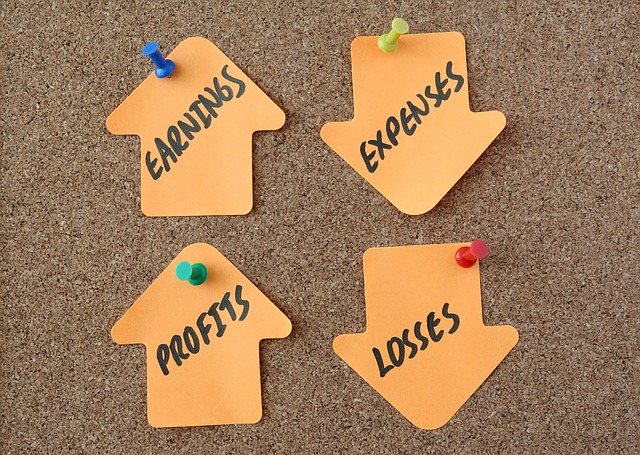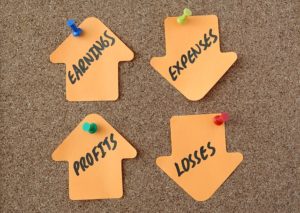
27
Feb
Accounting Terms Explained

You’re a business owner. You’re an expert in your field. Your field is NOT accounting, so you made the wise choice to outsource your bookkeeping. Now the bean counters seem to be speaking a foreign language to you at tax time or when explaining how your company’s quarter has gone. Well have no fear, we have compiled a list of terms, their meanings, and abbreviations that should give you a good start to knowing how to “talk the accounting talk”.
- Accounting (ACCG): A systematic way of recording and reporting all financial transactions that go through your business.
- Accounts Payable (A/P): is money your company owes for materials, expenses to suppliers incurred for operation.
- Accounts Receivable (A/R): is money owed to you from clients or suppliers for services or goods provided by your company.
- Expenses: are broken down into 4 categories;
- Fixed Expense (FA): are payments that happen on a regular basis, i.e. rent
- Variable Expense (VA): expenses that may change from time to time, i.e. labour costs
- Accrued Expense (AE): is an expense that has yet to be paid
- Operating Expense (OE): are expenses that are not associated with the production of any goods or services, i.e. marketing, advertising or insurance.
- Assets: are items possessed by your company that have value, such as vehicles, buildings, inventory or equipment.
- Liabilities: is an amount owed to lenders or suppliers by your company.
- Equity: this is all the money that was invested in your company when it was started by the owners, it can also be shown in a Capital account.
- Balance Sheet (BS): is a financial statement that summarizes all of your company’s assets and liabilities
- Credit (CR): is an entry into your accounting system that will either decrease assets or increase liabilities on your company’s balance sheet.
- Debit (DR): is the opposite of a credit, debits increase assets and decrease liabilities.
- General Ledger (GL): is where all records of any financial transactions for your company are kept for the full duration of the company’s life.
- Trial Balance (TB): is a complete financial statement that shows any transaction that has gone through your company to ensure that the debits and credits are equal.
- Profit & Loss (P&L): is a statement that takes all your company’s income and expenses which allows you to see if your company is making a profit or taking a loss.
- Retained Earnings: these are any profits that are reinvested into your company instead of being paid out to the owners.
- Journal Entry (JE): is an entry manually made into your accounting system usually used when completing your year-end to make any necessary adjustments to your accounts.
 Having some basic knowledge about the most commonly used accounting terms can be helpful in understanding a little more about the finances of your company. Hopefully, this list will provide you with insight to what the heck your accountant is talking about!
Having some basic knowledge about the most commonly used accounting terms can be helpful in understanding a little more about the finances of your company. Hopefully, this list will provide you with insight to what the heck your accountant is talking about!
 Keenans Accounting Service was founded in 1998 to serve the Midland and surrounding area. We’re a professional team who are dedicated to helping you define your bottom line. We keep a keen eye on your numbers so you don’t have to.
Keenans Accounting Service was founded in 1998 to serve the Midland and surrounding area. We’re a professional team who are dedicated to helping you define your bottom line. We keep a keen eye on your numbers so you don’t have to.
